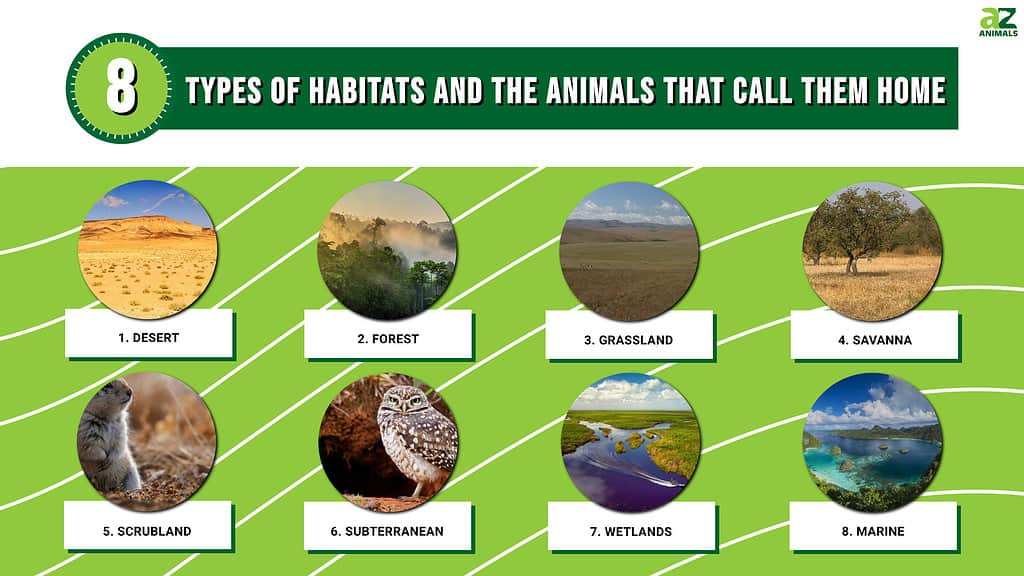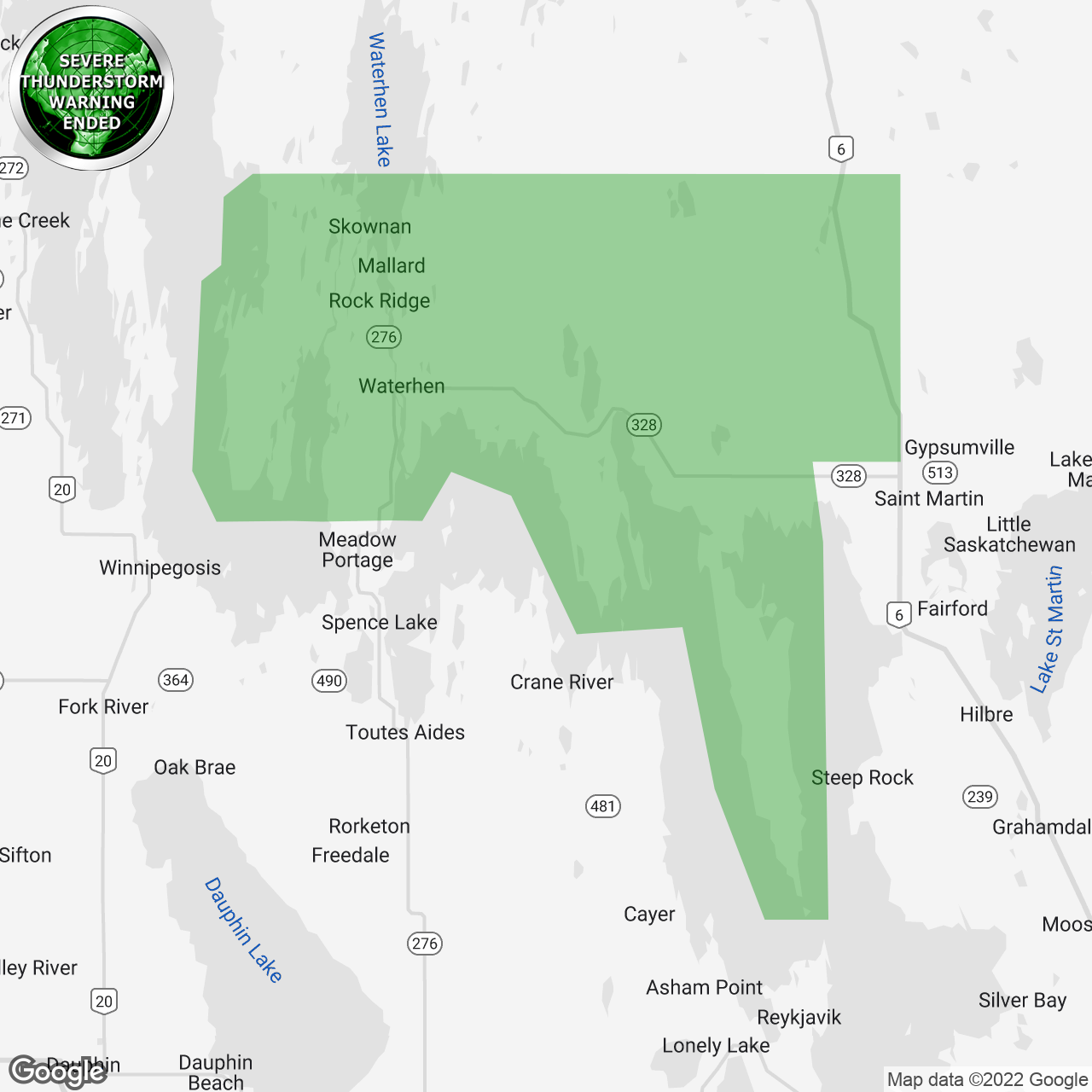The Wonder Of Animals: Their Habitats, Behaviors, And Importance

Table of Contents
Diverse Animal Habitats and Adaptations
Animals have evolved incredible adaptations to thrive in a wide range of habitats. Let's explore the fascinating diversity of these environments and the unique strategies animals employ to survive.
Terrestrial Habitats
Terrestrial ecosystems offer a remarkable array of challenges and opportunities for animals. From lush forests to arid deserts, animals have developed specialized traits to conquer their environments.
-
Examples:
- Forests: Monkeys, with their prehensile tails and agile movements, are perfectly adapted for life in the trees. Tigers, with their striped camouflage, are stealthy predators stalking prey through dense undergrowth.
- Grasslands: Lions, apex predators of the savanna, utilize their strength and social hunting strategies to bring down large herbivores like zebras. Zebras, in turn, rely on their speed and herd behavior for protection.
- Deserts: Camels, with their ability to store water and withstand extreme temperatures, are superbly adapted to desert life. Scorpions, nocturnal hunters, utilize their venomous stings to subdue prey in the harsh desert environment.
- Mountains: Yaks, with their thick coats and powerful builds, are well-suited to the cold, high-altitude conditions of mountain ranges. Mountain goats possess surefootedness and agility, navigating treacherous terrain with ease.
-
Animal Habitat Adaptations:
- Camouflage: Many animals blend seamlessly with their surroundings, providing protection from predators or facilitating ambushes on prey. This is crucial for survival in diverse animal habitats.
- Predator Avoidance: Strategies such as speed, agility, and defensive mechanisms like horns or quills are crucial for escaping predators. Understanding these strategies helps us appreciate the intricate dynamics within terrestrial ecosystems.
- Resource Acquisition: Animals have developed specialized methods for finding and utilizing resources like food and water, depending on the availability within their specific wildlife adaptation niches.
Aquatic Habitats
The underwater world harbors an extraordinary diversity of life, showcasing remarkable adaptations for survival in both marine and freshwater environments.
-
Examples:
- Oceans: Whales, the largest animals on Earth, are perfectly adapted for life in the open ocean. Dolphins, highly intelligent marine mammals, utilize echolocation to navigate and hunt. Coral reefs are biodiversity hotspots teeming with colorful fish and invertebrates.
- Rivers: Otters, playful and agile, are skilled swimmers and hunters in freshwater environments. Salmon undertake remarkable migrations, traveling upstream to spawn.
- Lakes: Frogs, with their amphibious lifestyle, thrive in both aquatic and terrestrial environments. Ducks, with their webbed feet and waterproof feathers, are well-suited to life on and in lakes.
-
Aquatic Life Adaptations:
- Buoyancy: Many aquatic animals have developed adaptations, like swim bladders in fish, to control their buoyancy in the water column.
- Respiration: Animals like whales and dolphins have evolved specialized lungs and respiratory systems to allow them to remain underwater for extended periods. Understanding these marine animals is crucial for understanding ocean biodiversity.
- Hunting Strategies: Aquatic predators have developed diverse hunting techniques, from ambush predators like sharks to filter feeders like whales. Studying these strategies reveals the intricate food webs within freshwater ecosystems.
Aerial Habitats
The skies are home to a fascinating array of creatures, each with unique adaptations for flight and aerial life.
-
Examples:
- Birds of Prey: Eagles and hawks are magnificent aerial predators with exceptional eyesight and powerful talons. These avian wonders dominate the skies.
- Migratory Birds: Swallows and geese undertake incredible journeys, traveling thousands of miles each year in search of food and breeding grounds. Their navigational skills are truly remarkable examples of bird migration.
- Bats: These nocturnal mammals are the only mammals capable of sustained flight, utilizing echolocation for navigation and hunting.
-
Aerial Adaptations:
- Flight Adaptations: Birds possess lightweight bones, powerful wing muscles, and streamlined bodies, all essential for efficient flight. Studying these adaptations is a fascinating area within wildlife adaptation.
- Migration Patterns: Migratory birds utilize celestial cues and magnetic fields to navigate their long journeys. The study of bird migration reveals incredible navigational abilities.
- Aerial Hunting Techniques: Birds of prey have developed exceptional eyesight and hunting techniques, such as diving from great heights to capture prey. Their strategies demonstrate the complexity of aerial predators.
Captivating Animal Behaviors
Animal behavior is a rich and complex field, offering insights into the social lives, survival strategies, and reproductive patterns of these incredible creatures.
Social Structures and Communication
Many animals live in complex social groups, exhibiting intricate communication and social structures.
-
Examples:
- Pack Hunting: Wolves exemplify cooperative hunting, with individuals working together to bring down large prey. This is a prime example of animal societies working together.
- Primate Social Hierarchies: Baboons live in complex social groups with established dominance hierarchies and intricate communication systems.
- Bird Flocking: Flocking behavior provides protection from predators and improves foraging efficiency. This coordinated behavior is a marvel of animal communication.
-
Communication Methods:
- Vocalizations: Animals use a wide range of vocalizations, from the roar of a lion to the songs of birds, for communication.
- Body Language: Posture, facial expressions, and other body movements convey important information within social groups.
- Pheromones: Chemical signals play a crucial role in communication, particularly in marking territory and attracting mates. Understanding these methods enhances our understanding of social behavior.
Hunting and Foraging Strategies
Animals employ diverse strategies to acquire food, depending on their dietary needs and the environment they inhabit.
-
Examples:
- Carnivores: Lions utilize ambush tactics and coordinated hunting to subdue prey, while sharks are efficient predators using their acute senses.
- Herbivores: Elephants use their powerful trunks to strip bark and leaves from trees, while giraffes browse on high branches.
- Omnivores: Bears are opportunistic feeders, consuming both plants and animals, showcasing remarkable adaptability in their foraging strategies.
-
Hunting and Foraging Techniques:
- Hunting Techniques: Predators have evolved specialized hunting techniques, utilizing speed, stealth, or cooperative hunting strategies.
- Foraging Behaviors: Herbivores employ diverse foraging behaviors, adapted to the specific plants they consume. Studying these behaviors helps to understand predator-prey relationships.
- Adaptations for Food Acquisition: Animals have developed specialized anatomical features, such as sharp teeth or powerful jaws, to help them acquire and consume their food.
Reproduction and Parental Care
Animal reproduction and parental care exhibit a wide range of strategies, shaped by evolutionary pressures and environmental conditions.
-
Examples:
- Birds: Many birds build elaborate nests and exhibit extensive parental care, feeding and protecting their young.
- Mammals: Mammals provide milk to their young, and exhibit varying degrees of parental investment, from extended periods of care to relatively short periods.
- Reptiles: Reptiles exhibit diverse reproductive strategies, from egg-laying to live birth, with varying levels of parental care.
-
Reproductive Strategies and Parental Investment:
- Mating Rituals: Animals employ diverse mating rituals, from elaborate displays to aggressive contests, to attract mates.
- Nesting Behaviors: Nest building is a crucial aspect of reproduction for many animals, providing protection for eggs and young. Understanding these behaviors is crucial in the study of animal reproduction.
- Parental Investment: The level of parental investment varies greatly among species, influencing offspring survival rates. Studying parental care is crucial in understanding species success.
The Importance of Animal Conservation
Protecting animal populations is vital for maintaining healthy ecosystems and ensuring the well-being of our planet.
Biodiversity and Ecosystem Services
Animals play critical roles in maintaining the health and functioning of ecosystems.
- Ecosystem Services:
- Pollination: Many animals, including insects and birds, pollinate plants, ensuring plant reproduction and food security.
- Seed Dispersal: Animals disperse seeds, aiding plant colonization and the regeneration of forests.
- Nutrient Cycling: Animals contribute to nutrient cycling, breaking down organic matter and making nutrients available for plants.
- Predator-Prey Balance: Predators regulate prey populations, preventing overgrazing and maintaining biodiversity. Understanding these services highlights the importance of biodiversity.
Threats to Animal Populations
Numerous human activities threaten animal populations globally.
- Major Threats:
- Habitat Loss: Deforestation, urbanization, and agricultural expansion destroy habitats, leaving many animals without homes.
- Pollution: Air, water, and soil pollution negatively impact animal health and survival.
- Climate Change: Changes in climate patterns disrupt ecosystems and threaten the survival of many species.
- Poaching: Illegal hunting and wildlife trade pose serious threats to many endangered species. These factors contribute to the decline of endangered species. Combating habitat destruction is a priority for wildlife conservation.
Conservation Efforts and Actions
Numerous conservation initiatives are underway to protect animal populations and their habitats.
-
Conservation Initiatives:
- Wildlife Reserves: Protected areas provide refuge for animals and help maintain biodiversity.
- Captive Breeding Programs: These programs help to increase the populations of endangered species.
- Anti-Poaching Efforts: Combating poaching is crucial for protecting vulnerable species.
-
What You Can Do:
- Support Conservation Organizations: Donate to or volunteer with organizations working to protect animals.
- Reduce Your Environmental Impact: Reduce your carbon footprint and consumption to lessen your impact on the environment.
- Advocate for Wildlife Protection: Support policies and legislation that protect animals and their habitats. Everyone can contribute to animal protection and wildlife conservation.
Conclusion
The world of Animal Wonders is vast and awe-inspiring. From the intricate adaptations that allow animals to thrive in diverse habitats to their complex behaviors and crucial roles in maintaining ecological balance, there is much to learn and appreciate. Understanding the importance of animal conservation is paramount to ensuring the survival of these incredible creatures and preserving the health of our planet. Let's all actively participate in protecting animal wonders for future generations—learn more, get involved, and become a champion for wildlife conservation today!

Featured Posts
-
 Secondhand Shopping A New Era Of Consumerism
May 13, 2025
Secondhand Shopping A New Era Of Consumerism
May 13, 2025 -
 Didcot Dog Walks Supporting Mental Wellbeing This Mental Health Awareness Week
May 13, 2025
Didcot Dog Walks Supporting Mental Wellbeing This Mental Health Awareness Week
May 13, 2025 -
 Bay Area Severe Thunderstorm Warning Current Conditions And Safety Tips From Nbc Bay Area
May 13, 2025
Bay Area Severe Thunderstorm Warning Current Conditions And Safety Tips From Nbc Bay Area
May 13, 2025 -
 Learn More About Angela Swartz
May 13, 2025
Learn More About Angela Swartz
May 13, 2025 -
 Eurovision 2025 Sissal Klar Til At Repraesentere Danmark
May 13, 2025
Eurovision 2025 Sissal Klar Til At Repraesentere Danmark
May 13, 2025
